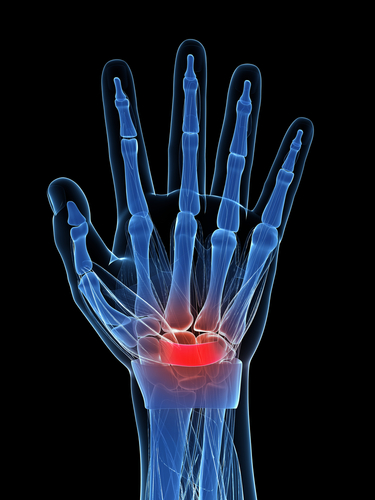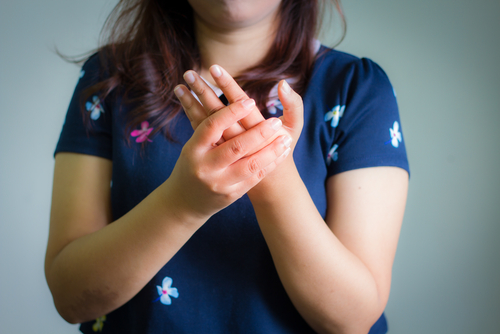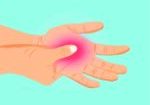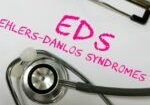Carpal tunnel syndrome and its association with body mass index, wrist ratio, wrist to palm ratio, and shape index
Filed under Reviews
A literature review of carpal tunnel syndrome and its association with body mass index, wrist ratio, wrist to palm ratio, and shape index
Madani, A. M., Gari, B. S., Zahrani, E. M. A., Al-Jamea, L. H., & Woodman, A. (2022). A literature review of carpal tunnel syndrome and its association with body mass index, wrist ratio, wrist to palm ratio, and shape index. Journal of Hand Therapy, S0894113022000357. https://doi.org/10.1016/j.jht.2022.03.002

The Skinny
Madani et al., 2022 conducted a literature review including 15 research articles investigating body mass index (BMI), wrist ratio (WR), wrist to palm ratio (WP), and shape index (SI) of the wrist and their impact on carpal tunnel syndrome (CTS).
In the Weeds
Two reviewers reviewed the articles, with a third reviewer examining their review. 15 out of 60 research articles relevant to this study were reviewed. The data collected from each article included the inclusion criteria, exclusion criteria, measurement and calculation of the anatomical components, and the findings of each article. The inclusion criteria were patients diagnosed with CTS, those without a diagnosis of CTS or other conditions impacting the carpal tunnel for the control group, and calculations of the anatomical components of BMI, WR, WP, or SI. The exclusion criteria included research articles written in a language other than English, not addressing other risk factors of CTS in the article, and any research article older than the 2004 publication. Each article was rated on the Newcastle-Ottawa Quality Assessment Form for Case-Control Studies (NOS), ensuring quality articles were included in the review. The articles included in the review received a moderate to high-quality score on the NOS.
Bringing it Home
BMI was higher in 14 of the articles in those with CTS compared to the control group. The wrist ratio was significantly higher in 10 of the articles. The wrist to palm ratio was significantly higher in 4 of the articles. The shape index was not significantly different between the control and experimental groups. Future research is needed to examine BMI and wrist ratio parameters as risk factors for CTS and further investigate the wrist to palm ratio and shape index of the wrist. The results of these studies are difficult to generalizable due to the small sample size of males in each study. The small sample size of males can be attributed to the prevalence of CTS in females being three times greater than in males.

Rating 3 out of 5
The evidence is not generalizable, resulting in poor external validity. BMI, wrist ratio, and wrist-to-palm ratio were all significantly higher than the control group. However, there aren’t numerical parameters to indicate exactly how/when these anatomical components are risk factors for CTS. These findings are important to identify the anatomical risk factors for CTS to incorporate into treatment and care for carpal tunnel syndrome.
More To Read
Thumbs up for treating thumb pain in the hand therapy clinic
What do “Mommy’s thumb,” “gamer’s thumb,” and “radial styloid tenosynovitis” have in common? They are all officially called de Quervain’s tenosynovitis De Quervain’s involves the tendons within the first dorsal compartment, abductor pollicis longus (APL) and extensor pollicis brevis (EPB) and arises when the tendons are inflamed and are not able to move through the…
Read MoreHow to Improve Fine Motor Translation Skills
By: Josh MacDonald The Basics – I lay a pile of small objects on the table and an open container for the client to put them into. What object I use depends on the client’s level. We’ll get to that later. Then, they use a 2-point pincer grasp to pick up one and shift it…
Read MoreHow much pain should a patient have during and after therapy?
How much pain should a patient have during and after therapy? As we all know pain is somewhat subjective. It can be hard to determine how much pain a patient should experience with the type of injury as well as the type of therapy intervention and hand pain treatment. The saying of “no pain, no…
Read MoreEDS 101: Understanding Hypermobility in the Hand Therapy Setting
EDS in the Hand Therapy Setting General Overview:Ehlers Danlos Syndrome (EDS) is a group of heritable connective tissue disorders caused bygenetic changes that affect collagen production, the protein responsible for strength and elasticityin skin, ligaments and tendons (The Ehlers Danlos Society, 2016). There are thirteen forms of EDS that each have their own set of…
Read MoreSign-up to Get Updates Straight to Your Inbox!
Sign up with us and we will send you regular blog posts on everything hand therapy, notices every time we upload new videos and tutorials, along with handout, protocols, and other useful information.






